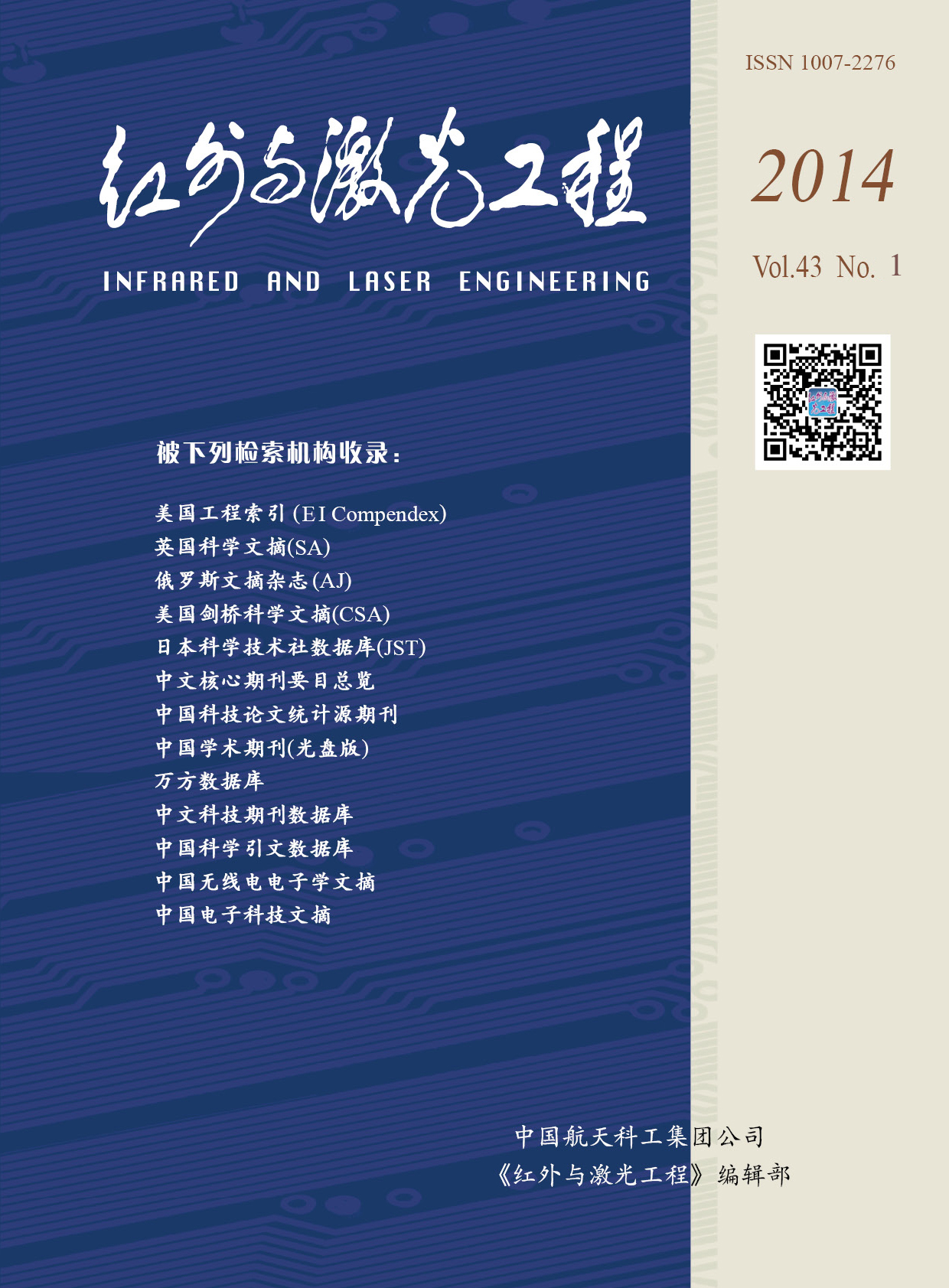Wang Wei, Feng Qi, Wu Wei, Xie Yuting, Wang Zhen, Feng Shijuan. Analysis and simulation of process and performance of silicon avalanche photodiode[J]. Infrared and Laser Engineering, 2014, 43(1): 140-144.
| Citation:
|
Wang Wei, Feng Qi, Wu Wei, Xie Yuting, Wang Zhen, Feng Shijuan. Analysis and simulation of process and performance of silicon avalanche photodiode[J]. Infrared and Laser Engineering, 2014, 43(1): 140-144.
|
Analysis and simulation of process and performance of silicon avalanche photodiode
- 1.
College of Electronics Engineering,Chongqing University of Posts and Telecommunications,Chongqing 400065,China
- Received Date: 2013-05-12
- Rev Recd Date:
2013-06-14
- Publish Date:
2014-01-25
-
Abstract
The silicon APD performance is dependent on its device structure and processes. In this paper, the device performance and key processes for epi-planar n+-p--p+ structure silicon APD were simulated with Silvaco, in order to guide the silicon APD device design. The parameters of device processes such as ion implantation and dopant diffusion were simulated to get the impurity distribution and doping depth. Furthermore, the key parameters which were used to characterize the APD performance, such as the electric field distribution, the dark current and photocurrent, the gain, the quantum efficiency and the responsibility of the APD were simulated. The experiment results show that the maximum responsibility is up to 55A/W when the gain is 100. The device is most sensitive in the spectral range of 600 nm to 900 nm. The peak responsivity of the device is 810 nm.
-
References
|
[1]
|
|
|
[2]
|
Lee M J, Rucker H, Choi W Y. Effects of guard-ring structures on the performance of silicon avalanche photodetectors fabricated with standard CMOS technology[J]. IEEE Electron Device Letters, 2012, 33(1): 80-82. |
|
[3]
|
City F, Hayes J M, Corbett B, et al. Modeling the effects of interface traps on the static and dynamic characteristics of Ge/Si avalanche photodiodes [J]. IEEE J Quantum Electronics, 2011, 47(6): 849-857. |
|
[4]
|
|
|
[5]
|
|
|
[6]
|
Kaminow I P, Li T, Willner A E. Optical Fiber Telecomminucations V, A: Components and Subsystems [M]. New York: Academic, 2008: 251. |
|
[7]
|
|
|
[8]
|
Rochas A, Pauchard A R, Besse P A, et al. Low-noise silicon avalanche photodiodes fabricated in conventional CMOS technologies[J]. IEEE Trans Electron Devices, 2002, 49(3): 387-394. |
|
[9]
|
|
|
[10]
|
Sze S M, Ng K K. Physics of Semiconductor Devices [M]. 3rd ed. Hoboken, NJ: Wiley, 2007. |
|
[11]
|
Wegrzecka I. Design and properties of silicon avalanche photodiodes[J]. Opto-Electrons Rev, 2004, 12(1): 95-104. |
|
[12]
|
|
|
[13]
|
Wen Xuedong. The computation of junction parameters and multiplication characteristic of reach-through avalanche photodiode[J]. Laser Technology, 1993, 17(4): 209-214. (in Chinese) 文雪东. 达通型硅雪崩光电二极管结参数与倍增特性的计 算[J]. 激光技术, 1993, 17(4): 209-214. |
|
[14]
|
|
|
[15]
|
|
|
[16]
|
Ruegg H W. An optimized avalanche photodiode [J]. IEEE Trans Electron Devices, 1967, ED-14(5): 239-251. |
|
[17]
|
|
|
[18]
|
Jung S, Moon M, Kim H J, et al. A simulation study of silicon avalanche photodiodes [C]//IEEE Conf Nuclear Science Symposium, 2006: 1064-1067. |
|
[19]
|
McIntyre R J, Webb P P, Dautet H. A short-wavelength selective reach-through avalanche photodiode [C]//IEEE Conference of Nuclear Science Symposium and Medical Imaging, 1995, 1: 188-191. |
-
-
Proportional views

-









 DownLoad:
DownLoad: